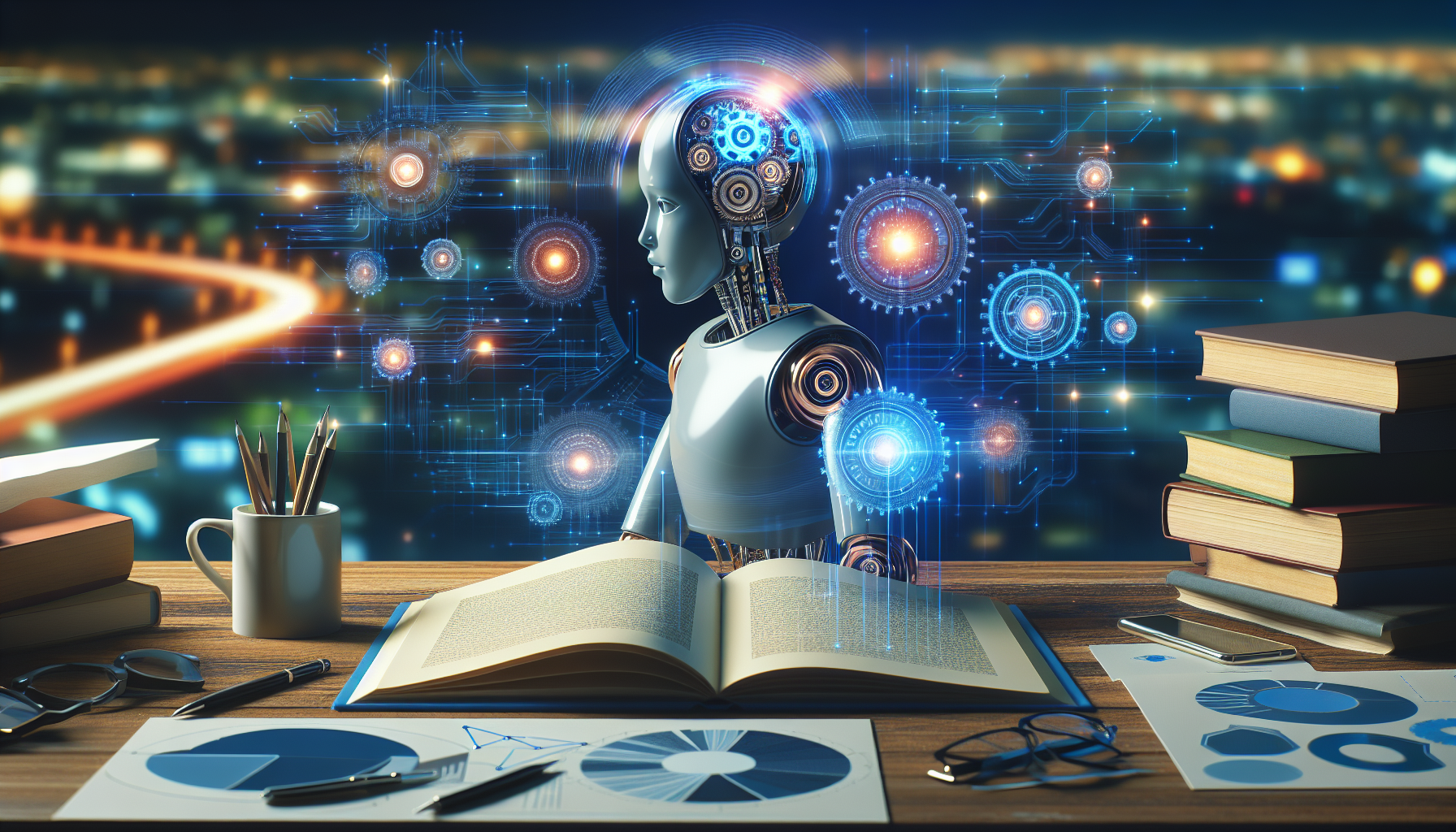
Reinforcement Learning: Guiding AI with Rewards for Smarter Solutions
August 22, 2025
Do you remember that feeling of accomplishment when you finally nailed a challenging task or puzzle? Now, imagine if a computer could experience something similar. That's the magic behind reinforcement learning, a fascinating branch of artificial intelligence where machines learn by trial and error, guided by a reward system. Whether you're a tech enthusiast or a curious newcomer, understanding how reinforcement learning helps AI make smarter decisions can be both enlightening and exciting.
Let's start with the basics. Reinforcement learning (RL) is a type of machine learning where an agent, say a computer program, learns to make decisions by interacting with its environment. Unlike traditional programming, where the programmer tells the computer exactly what to do, RL allows the machine to discover the best actions on its own. The key is the reward system—think of it as a digital carrot-and-stick approach. When the AI performs a task correctly, it receives a reward. If it makes a mistake, it gets penalized. Over time, the AI learns to maximize its rewards by choosing the best actions.
Imagine training a dog. You give it a treat when it follows your command and gently correct it when it doesn’t. Similar principles apply to RL, but instead of treats, the AI receives numerical rewards, and instead of commands, it explores a vast set of possible actions. This method is not just theoretical; it’s being used to solve real-world problems, from optimizing supply chains to developing autonomous vehicles.
One of the most famous examples of reinforcement learning in action is AlphaGo, the AI developed by DeepMind that defeated a world champion Go player. The game of Go is incredibly complex, with more possible moves than there are atoms in the universe. Traditional programming techniques couldn't crack it, but reinforcement learning could. By playing millions of games against itself, AlphaGo learned strategies that no human had ever conceived. Such is the power of RL when applied to complex decision-making tasks.
You might be wondering, how does this process start? At the core of reinforcement learning are two fundamental components: the environment and the agent. The environment is the world within which the agent operates, and the agent is the learner or decision-maker. For example, in a video game, the game itself is the environment, and the character controlled by the AI is the agent. The agent takes actions based on its current state in the environment, receives feedback in the form of rewards, and adjusts its future actions to improve performance.
A critical aspect of reinforcement learning is the balance between exploration and exploitation. Exploration is when the AI tries new actions to discover their effects, while exploitation involves using known actions that yield the highest rewards. Finding the right balance is crucial; too much exploration might waste time on unpromising actions, while excessive exploitation can prevent the discovery of better strategies.
The learning process is often structured around episodes. An episode is a sequence of actions taken by the agent until a terminal state is reached, such as winning or losing a game. These episodes help the AI refine its strategy over time. The goal is to develop a policy—a set of rules that dictates the best action to take in any given situation. This policy helps the AI achieve its objectives efficiently and effectively.
Reinforcement learning's potential is vast, but it also comes with challenges. The complexity of real-world environments can make it difficult for AI to learn efficiently. Moreover, designing an appropriate reward system that accurately reflects the desired outcomes is no small feat. If the rewards are too simplistic, the AI might find a shortcut that doesn’t genuinely solve the problem but maximizes rewards. This is known as reward hacking, and it’s a fascinating area of ongoing research.
Despite these challenges, the field of reinforcement learning continues to grow, opening new frontiers in AI development. From healthcare, where RL is used to optimize treatment plans, to finance, where it helps manage investment portfolios, the applications are as diverse as they are promising.
As we ponder the future of reinforcement learning, one can't help but wonder: what new possibilities will unfold as AI agents become more adept at navigating complex environments? How might our understanding of intelligence itself evolve as machines learn to mimic human-like decision-making processes?
In the end, reinforcement learning is more than just a technology—it's a new way of thinking about teaching machines to learn. By harnessing the power of rewards, we're not just building smarter AI; we're exploring the very essence of learning, both human and artificial. This journey is just beginning, and the road ahead promises to be an exhilarating exploration into the unknown.


